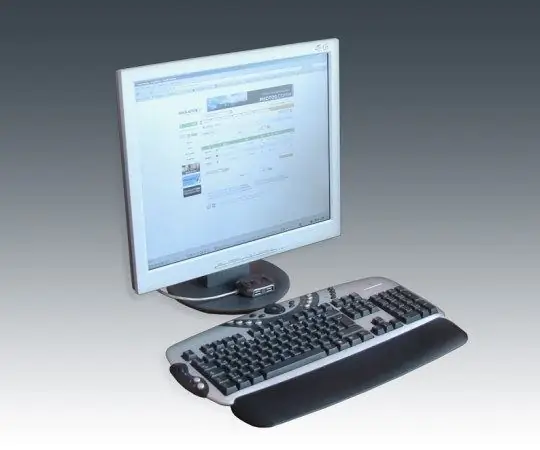- Author Lauren Nevill [email protected].
- Public 2023-12-16 18:48.
- Last modified 2025-01-23 15:15.
The Windows operating system constantly monitors all events occurring in the system, writing them to a log file. This information can help in configuring the system, identifying the causes of failures. Nevertheless, there are users who never look at the logs, so the event log can be disabled on their computers.

Instructions
Step 1
To disable the event log, you must disable the corresponding service. If you are using Windows XP, open: "Start" - "Control Panel" - "Administrative Tools" - "Services". Find the Event log service, open its window by clicking on the corresponding line. Stopping this service is prohibited, but you can change the startup type by selecting the Disabled option. The next time the computer boots, the event log will not be started.
Step 2
In the Windows 7 operating system, the event log is disabled in the same way - find in the Control Panel "Administrative Tools" - "Services" and change the service startup type to "Disabled". The event log will run until the first system reboot.
Step 3
In most cases, users disable certain services to improve the performance of the computer and improve its security. By default, many services are running in the Windows operating system that are not needed by an ordinary user; they should be disabled. For example, if you are not going to use Remote Assistance, disable the Terminal service. If you do not want someone to edit the system registry of your computer, disable the "Remote Registry" service.
Step 4
If you do not synchronize the system time of your computer with an accurate time server, disable the "Time Service". If you are not using wi-fi, turn off the Wireless Setup service. Take care of keeping the anti-virus databases up to date and do not need reminders - disable the "Security Center".
Step 5
If you are not going to use your computer as a server and give other users access to your folders and files, disable the "Server" service. You are not going to log in as a different user - disable "Secondary Login". By disabling all of these services, you can increase the speed of your computer and improve network security.






